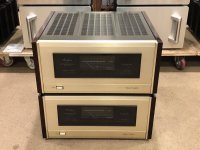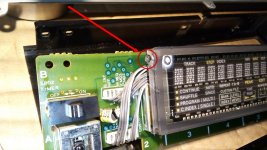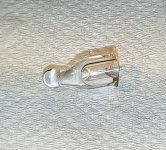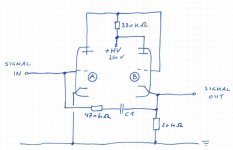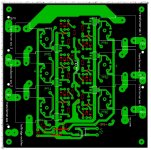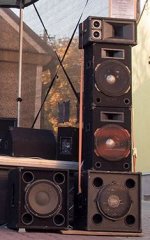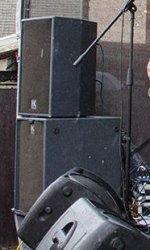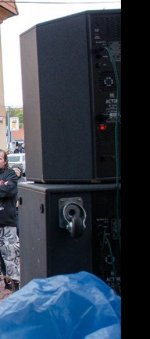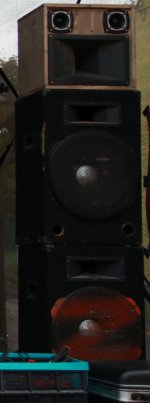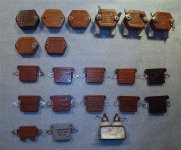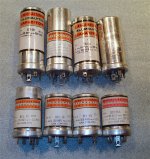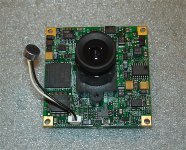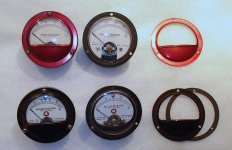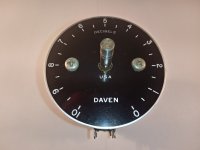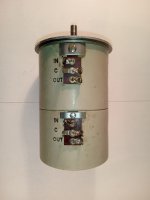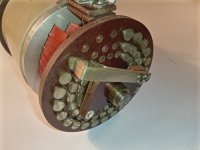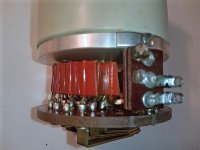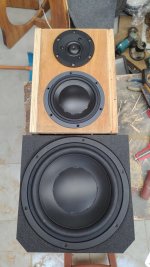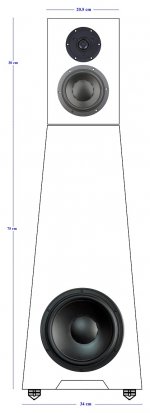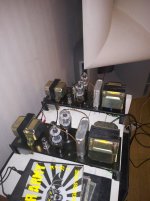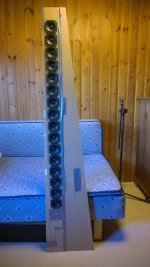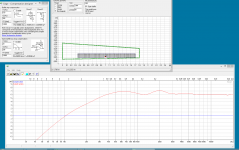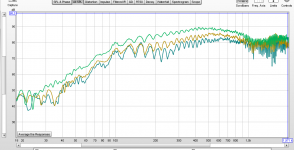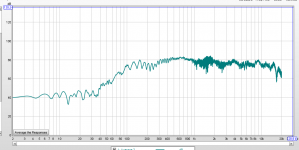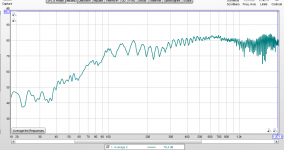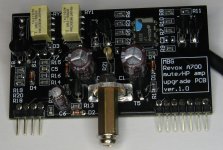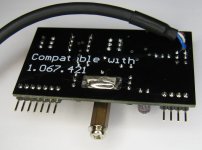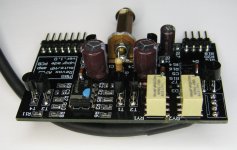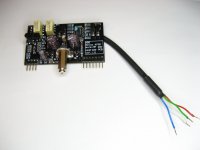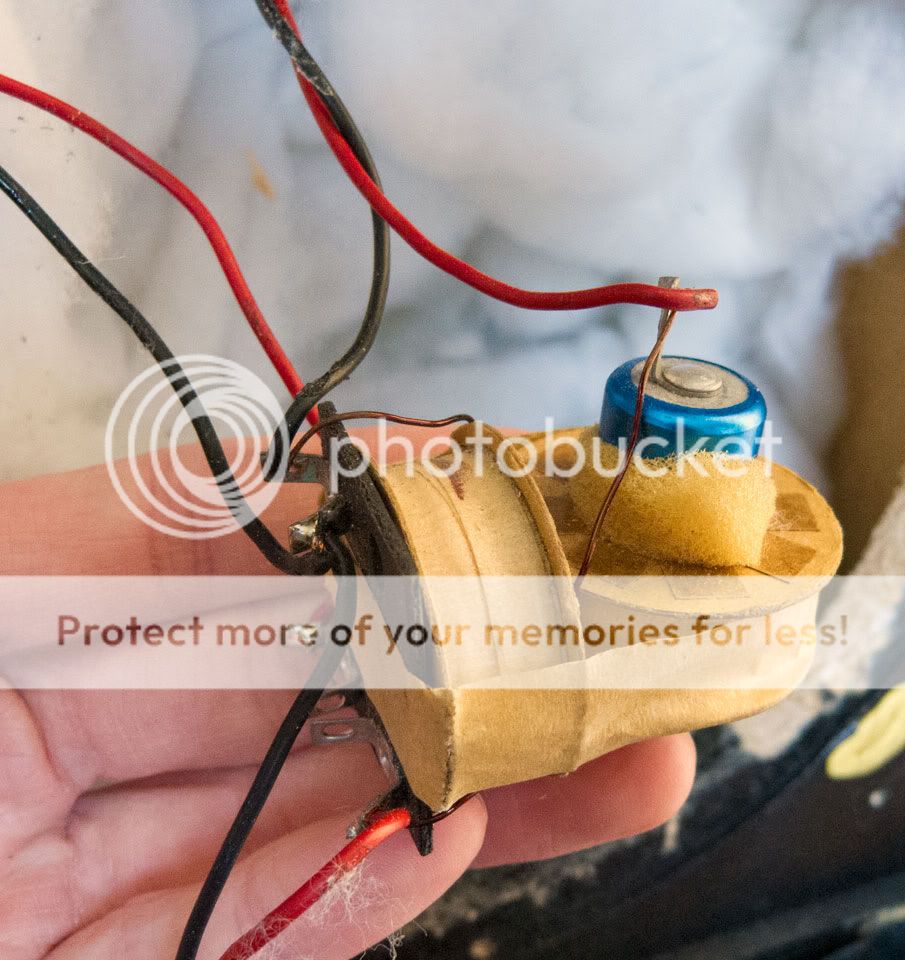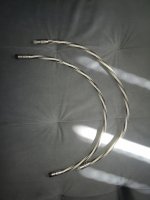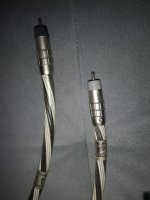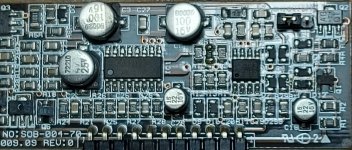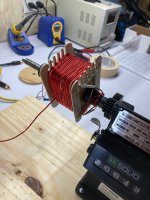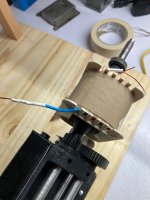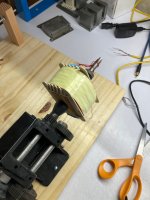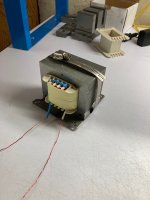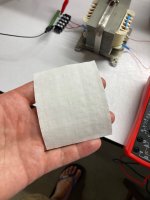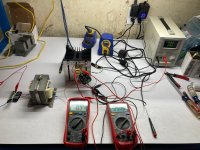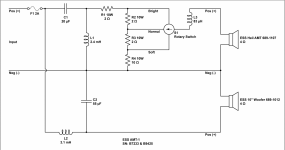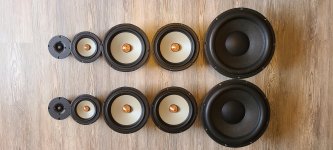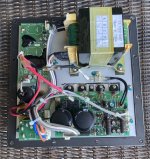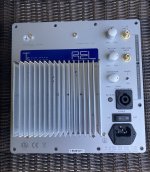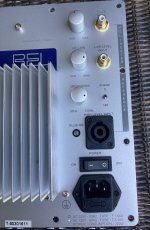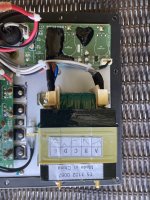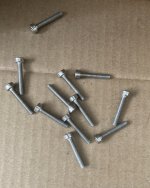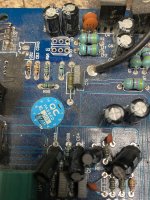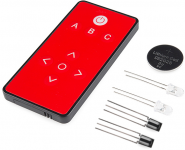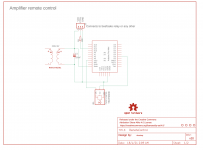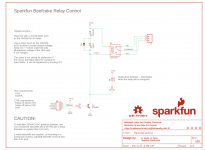I am facing a problem that seems difficult to solve.
I have built a couple of lower voltage adjustable power supplies (0-30V and 0-50V in various variations), but I need now a higher voltage and adjustable current limiting power supply.
I have transformer with an 6 equivalent secondary voltage windings which are all with 4 wires parallel, diameter 2mm, all of these 6 windings provide equivalent 19Vac, with a power of about 2.5kVA (big toroidal transformer), so the transformer also allows a fairly large current.
The plan is to use it in the March 1990 issue of Radio Electronics
https://archive.org/details/radio_electronics_1990-03 on pages 31 to 34 and page 69 in a "modification" of this power supply described by Reinhard Metz.
But since my transformer can provide significantly higher secondary voltage, I have given up on idea of using the LM317HVK high-voltage stabilizer.
Because I have an LR8N3-G adjustable voltage stabilizer that I would like to use because it technically meets the voltage requirements, - if it can be used?
(datasheet:
https://ww1.microchip.com/downloads/en/DeviceDoc/20005399B.pdf )
Also I have 24 PNP-bipolar power transistors 2SA1962, 230V/15A to stabilize current, (datasheet:
https://toshiba.semicon-storage.com...et_en_20131101.pdf?did=20429&prodName=2SA1962 )
There is a suitable 6 rack unit case which rear wall is almost entirely huge heatsink, the total area of the heatsink is about 25.000cm2 (close to 4000 sq.in) so it shouldn't be a problem to exchange lot of heat, generated during the stabilization in the worst case in linear mode?
Provided that I use power transformer step switching (for this there is a step switch with power relays, (
picture of transformer secondary tap switching circuit board drawing is attached), unfortunately I do not have a tap-switching circuit diagram to provide, because it is drawn by hand on paper, but its working principle is quite simple - the output voltage from output of the power stabilizer controls tap switching relays as needed, switching them on and off in series, at least the 1st secondary winding of the transformer is always switched on and when the output voltage is increased above the value set by the zener regulator, the next winding is switched in series and so on, as the voltage decreases, it is switched off in the same way and excessive secondary windings, it allows to reduce the maximum losses during linear stabilization.
This part has been tested and works, but the power supply stabilizer (described also here:
http://www.a-and-t-labs.com/K2_Lab_Power_Supply/ ) itself, which deals voltage and current regulation, gives me a headache. Since the maximum input voltages I use are about 3 times higher than those given in the referenced circuit, this would require changing circuitry - unfortunately, I'm a hobbyist and not strong in theory, so I'm in trouble and can't move forward with it.
The D3, D4 stabilitrons (
from this circuit here:
http://www.a-and-t-labs.com/K2_Lab_Power_Supply/powersupply_ckt_layout.pdf ) that track supply voltage of IC2 LF357 obviously need to be replaced, but have I confused myself or do I not understand starting point - on the basis of which I determine their stabilization voltages? Also R6, R7, R8 - I couldn't find an explanation of these elements in the article.
I have a power supply built according to this circuit and it has proven itself over about a decade of use without any errors. So I have taken this circuit (for some reason?) as an possible solution.
I don't object if the experts think that this is not a very good solution, but would someone
please guide me in my questions, which I am having trouble with.
Or if someone can offer me a better solution, say 0...10 (
not exactly strictly needed "0" but say also from 10Vdc is good) to
120VDC adjustable, current limiting PSU (however, I don't want to acquire exotic parts, it is also 100% important that I can use the existing power transformer and as a current stabilizer it would be best also if I can use existing PNP bipolar transistors - otherwise I am open to other options for such a power supply I could perhaps do it with less brain gymnastics).
I have looked in some service manuals of older, higher voltage regulated laboratory power supplies (for example by HP) but they are all based on primary side SCR circuitry and quite different in stabilization stage - could someone shed some light on me, why the use of an SCR preregulator is so preferred? Is it possible that my 6-stage switching method I designed is not a good solution?
I don't need extremely high reliability compared to a well-known manufacturer's device, I just need a
stabilized, current-limiting power supply with a relatively large adjustment range and higher current, also
which I can built at home at the end of my knee, even with the
hobbyist's limited resources (to ~200 euros+all existing components) in mind.
In existing parts:
1. Power transformer: 2.5kVA with 6 equal, 19V sec. windings, each consists 4 wires in parallel, 2mm diameter - so, good current capacity
2. I also have a 27000uF/200V capacitor bank as a power filter.
3. 100A bridge rectifier (4 stud mountable 1200V diodes with hardware),
all the necessary passive components for use in the referenced schematic (
http://www.a-and-t-labs.com/K2_Lab_Power_Supply/powersupply_ckt_layout.pdf )
additional:
*digital panel amps (for input AC and output DC) and voltmeters,
*power transformer inrush soft start circuitry,
*probably ~90% or more of the referenced schematic elements.
Once again, I note that I have built the referred 0-50V and about 0-10A output current capability power supply 100% independently (since making of printed circuit board+100% build by only my hands), but to obtain a higher voltage, I feel that my theoretical knowledge leaves me in trouble, so I am asking for helpful guidance from the experts here.
I apologize if my request for help is stupid, I also
apologize for the typos.
I don't write english in my native.
Thanks for any help!
